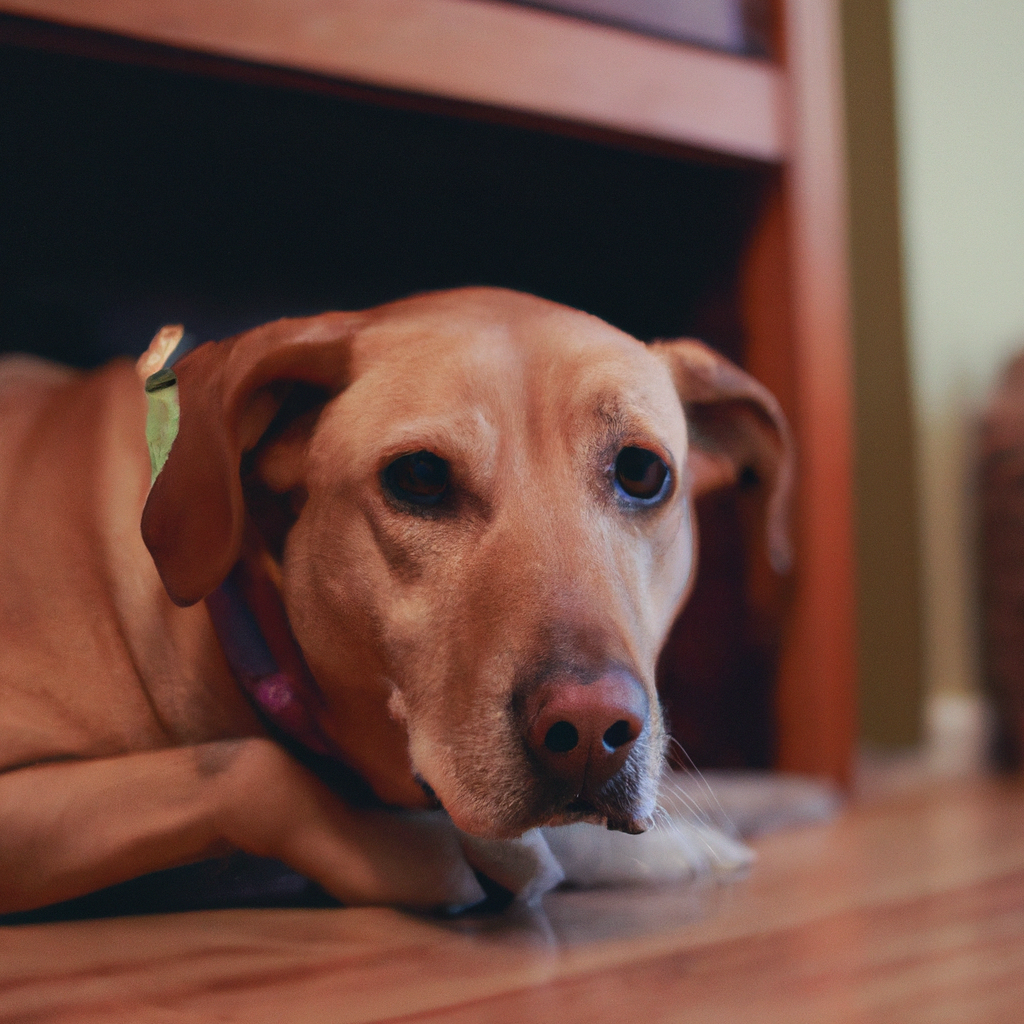Understanding the Problem: Dog Fleas
Dog fleas are more than just a minor inconvenience. These tiny pests can cause discomfort for your furry friend and lead to more serious health issues if left untreated. Understanding the lifecycle of a flea is crucial in addressing the problem effectively. Fleas are not just surface dwellers; they can lay eggs in your dog’s bedding, your carpet, and even your furniture, making them a persistent issue.
Signs Your Dog Might Have Fleas
Before diving into solutions, it’s important to recognize the signs of fleas on your dog. Some common symptoms include:
– Excessive scratching or biting at the skin
– Red or irritated skin
– Flea dirt (tiny black specks) on your dog’s skin
– Hair loss, especially around the neck and tail
– Bumps or scabs
If you notice any of these signs, it’s time to take action.
Fast Solutions to Eliminate Dog Fleas
1. Topical Treatments
One of the quickest ways to tackle dog fleas is through topical treatments. These are usually applied directly to the skin and work to kill fleas on contact. Many products are available over the counter and provide a month of protection. Always read the instructions carefully and choose a product appropriate for your dog’s size and weight.
2. Oral Medications
Oral flea medications are another effective solution. These are typically prescribed by a veterinarian and can kill fleas within hours. They work from the inside out, ensuring that any flea that bites your dog will ingest the medication and die. This method is not only fast but also prevents future infestations.
3. Flea Shampoos
Bathing your dog with a flea shampoo can provide immediate relief. These shampoos are formulated to kill fleas on contact. When using a flea shampoo, make sure to lather your dog thoroughly and leave the shampoo on for the recommended amount of time before rinsing.
Long-Term Strategies for Flea Prevention
1. Regular Grooming
Regular grooming is an excellent way to prevent dog fleas. Brushing your dog helps remove fleas and their eggs from the fur. Additionally, using a flea comb can help catch any lingering pests.
2. Clean Living Environment
To prevent a flea infestation from taking hold in your home, keep your dog’s living area clean. Wash their bedding regularly in hot water, vacuum carpets and furniture frequently, and consider using a household flea spray for added protection.
3. Yard Maintenance
Fleas often find their way into your home from the outdoors. By maintaining your yard, you can reduce the likelihood of an infestation. Keep grass short, remove debris, and consider using pet-safe insecticides in your garden.
Consult Your Veterinarian
If you’re struggling to control dog fleas, it’s always a good idea to consult your veterinarian. They can provide tailored advice and recommend the best products for your dog’s specific needs. Remember, a proactive approach is the best way to ensure your furry friend remains happy and healthy, free from the discomfort of fleas.
In conclusion, tackling dog fleas requires a combination of fast-acting solutions and long-term prevention strategies. By staying vigilant and keeping your dog’s environment clean, you can effectively eliminate these pesky parasites and protect your beloved pet.
Our solution eradicates fleas on contact without harmful chemicals, ensuring a safe environment for your pets and family. Easy to use and highly effective, SayByeBugs helps you maintain a flea-free home. Learn more and order today at SayByeBugs.com
